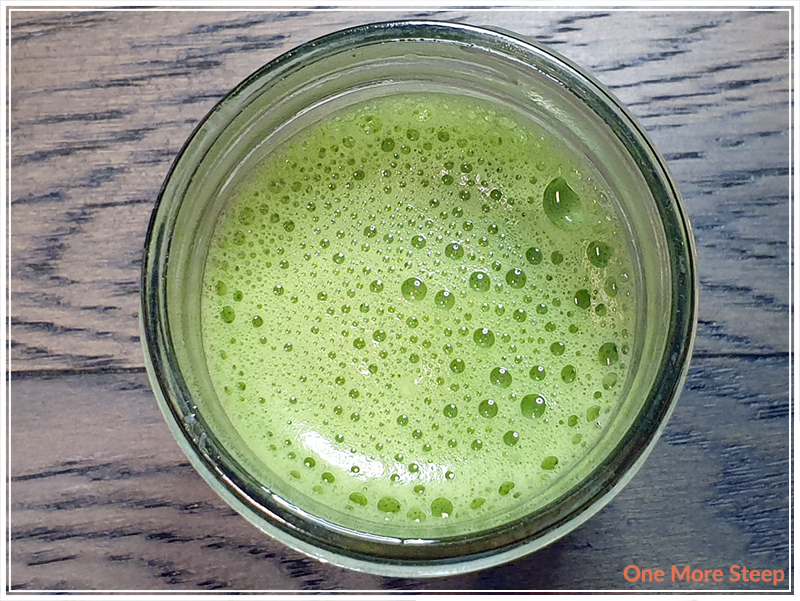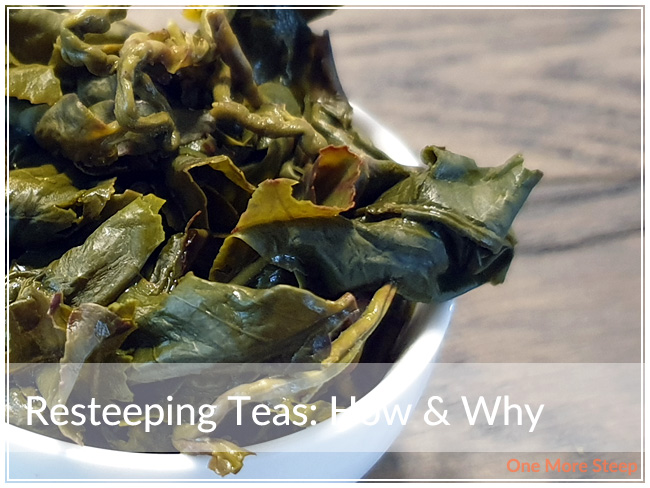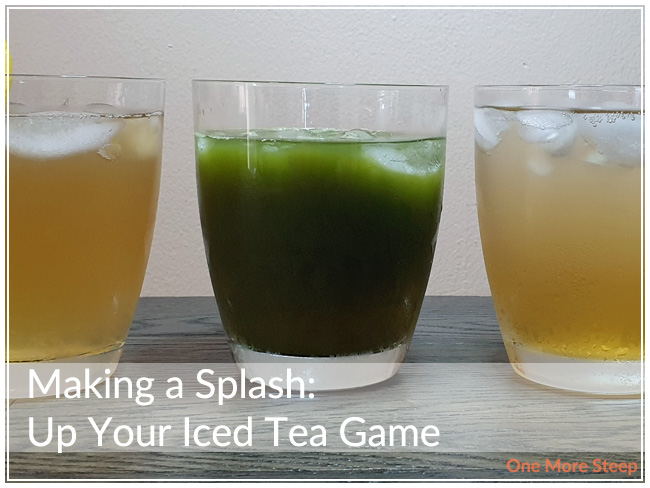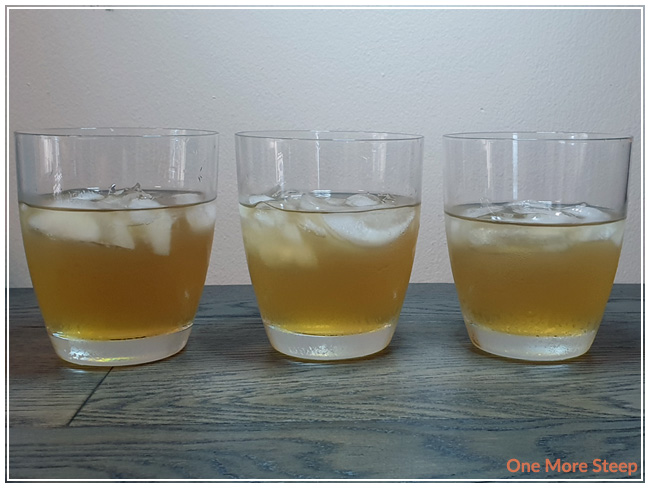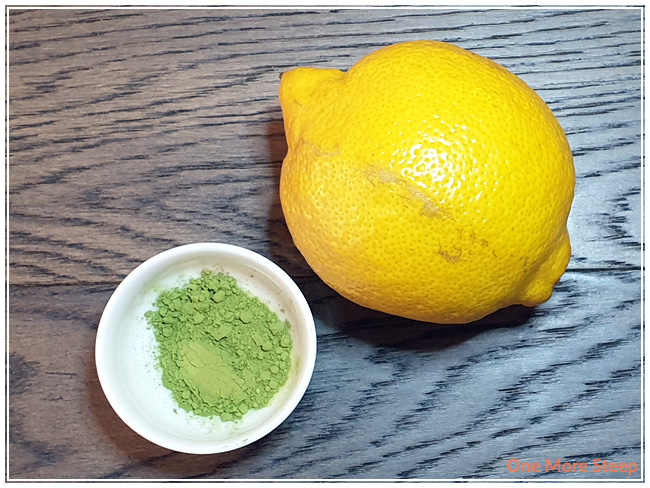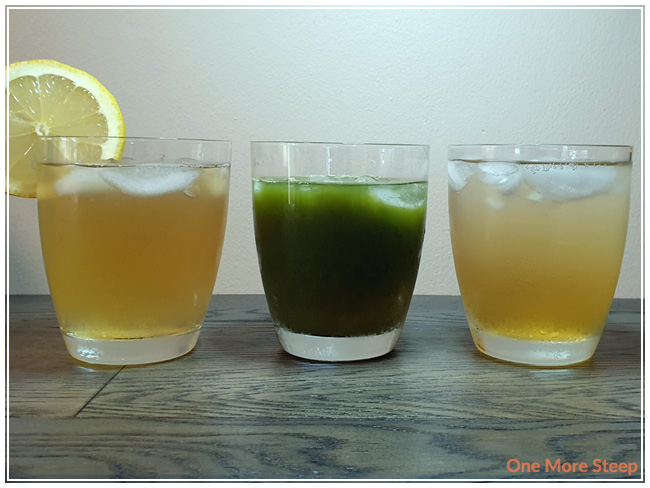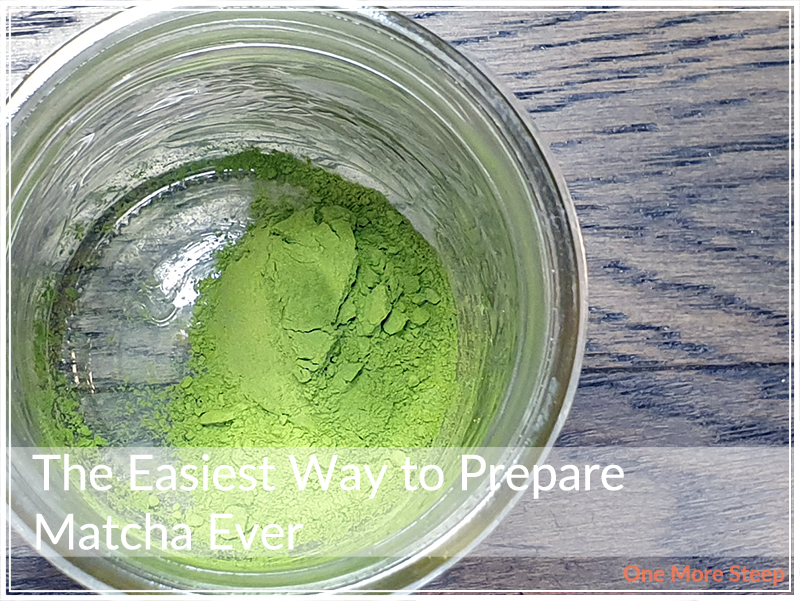
I’ve talked about a few different methods of preparing matcha before. My personal preference is also the most traditional – having a bowl and a bamboo whisk. I also go through the process of sifting the matcha before whisking and it’s a bit methodical and calming in the process. But I also understand that this right method is not for everyone. And sometimes it’s not even the right method for me.
Some people are always on the go. Some people don’t want to go through the motions just to get a cup of matcha (but, let’s face it, knowing how to make it in a traditional fashion is also a great thing to know – and I discuss it in my post called The Basics of Preparing Matcha). But this isn’t a post about how to make it in the traditional way, or how many pieces of equipment you need. This is so dead simple, you’ll be wondering how you didn’t think of it already because you already own something that you can use for this.
Are you ready?
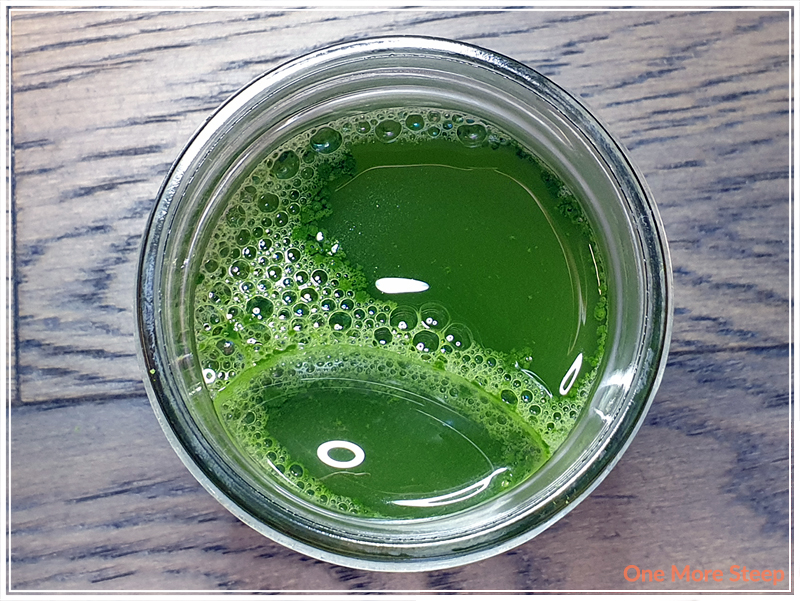
Find a small tight fitting jar of your choice (I used a mason jar).
Add in the matcha of your choice (I used about 1 teaspoon).
Top up with water, leaving some headspace. You don’t need to use warm water!
Put the lid on, tighten it up.
Shake!
You’ll know it’s done when you don’t see clumped up matcha on the bottom and when there’s some nice froth on top.
No sifting, no whisk, no bowls required.
You can take that jar with you or pour it out into another cup.
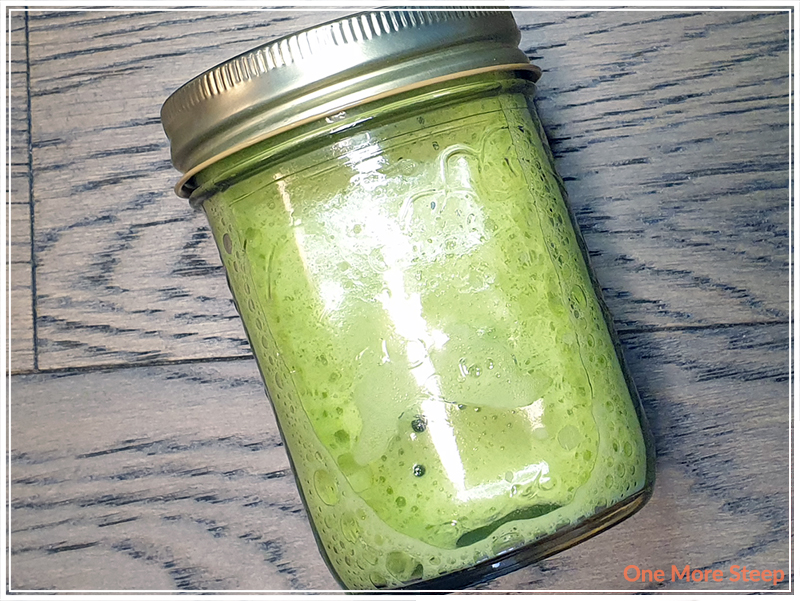
Matcha is a suspension, which means that the powder doesn’t dissolve into the water. So you don’t need warm or hot water. Cold water works just fine! Because it is a suspension (much like a nice miso soup), you’ll notice that after a period of time, it’ll be darker on the bottom and lighter on the top. Just make sure the lid is on tight again, and give it a good shake.
